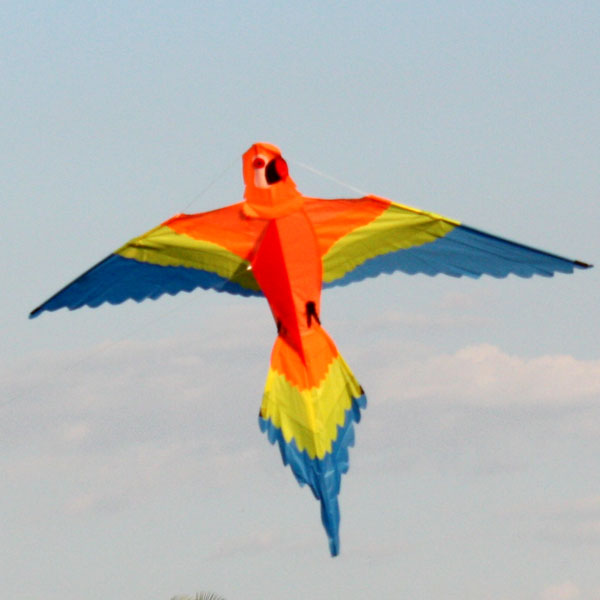

govinda – Sykes, 1832: small Indian kite (formerly pariah kite)Įastern Pakistan east through tropical India and Sri Lanka to Indochina and Malay Peninsula. Northern inland birds migrate to east Persian Gulf coast and south Asia in winter. Siberia to Amurland south around Himalaya to north India, north Indochina and south China Japan. migrans – ( Boddaert, 1783): European black kiteīreeds central, southern and eastern Europe, as well as the Maghreb region of Northwest Africa, to Tien Shan and south to northwest Pakistan. lineatus, but this is not well supported.
#BIRD KITE SPECIES FULL#
lineatus) should be elevated to full species status as M. There have been some suggestions that the black-eared kite ( M. They occur throughout Africa except for the Congo Basin and the Sahara Desert. Recent DNA studies suggest that the yellow-billed African races parasitus and aegyptius differ significantly from black kites in the Eurasian clade, and should be considered a separate allopatric species: yellow-billed kite, M. The red kite has been known to hybridize with the black kite (in captivity where both species were kept together, and in the wild on the Cape Verde Islands). Milvus is the Latin word for a red kite the specific migrans means "migrating" from the Latin migrare "to migrate". The current genus Milvus was erected by the French naturalist Bernard Germain de Lacépède in 1799. Neither the plate caption nor Buffon's description included a scientific name but in 1783 the Dutch naturalist Pieter Boddaert coined the binomial name Falco migrans in his catalogue of the Planches Enluminées. The bird was also illustrated in a hand-coloured plate engraved by François-Nicolas Martinet in the Planches Enluminées D'Histoire Naturelle which was produced under the supervision of Edme-Louis Daubenton to accompany Buffon's text. The black kite was described by the French polymath Georges-Louis Leclerc, Comte de Buffon in his Histoire Naturelle des Oiseaux in 1770. The European populations are small, but the South Asian population is very large. Several subspecies are recognized and formerly had their own English names. The black kite is widely distributed through the temperate and tropical parts of Eurasia and parts of Australasia and Oceania, with the temperate region populations tending to be migratory. They are also vociferous with a shrill whinnying call. Their angled wing and distinctive forked tail make them easy to identify.

They spend much time soaring and gliding in thermals in search of food. Unlike others of the group, black kites are opportunistic hunters and are more likely to scavenge. Current global population estimates run up to 6 million individuals. It is thought to be the world's most abundant species of Accipitridae, although some populations have experienced dramatic declines or fluctuations. The black kite ( Milvus migrans) is a medium-sized bird of prey in the family Accipitridae, which also includes many other diurnal raptors.


 0 kommentar(er)
0 kommentar(er)
